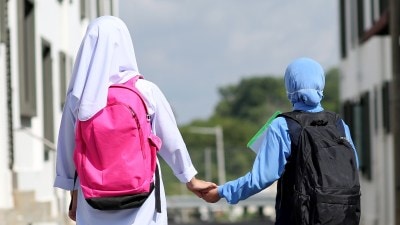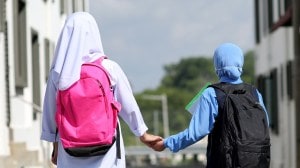Ritu Sarin is Executive Editor (News and Investigations) at The Indian Express group. Her areas of specialisation include internal security, money laundering and corruption. Sarin is one of India’s most renowned reporters and has a career in journalism of over four decades. She is a member of the International Consortium of Investigative Journalists (ICIJ) since 1999 and since early 2023, a member of its Board of Directors. She has also been a founder member of the ICIJ Network Committee (INC). She has, to begin with, alone, and later led teams which have worked on ICIJ’s Offshore Leaks, Swiss Leaks, the Pulitzer Prize winning Panama Papers, Paradise Papers, Implant Files, Fincen Files, Pandora Papers, the Uber Files and Deforestation Inc. She has conducted investigative journalism workshops and addressed investigative journalism conferences with a specialisation on collaborative journalism in several countries. ... Read More
Mass rape & murder: Exhumed in Gujarat, remains come to Delhi
Exhibits lined up in a laboratory in the All India Institute of Medical Sciences (AIIMS) since yesterday may hold evidence of the mass rape ...

Exhibits lined up in a laboratory in the All India Institute of Medical Sciences (AIIMS) since yesterday may hold evidence of the mass rape and murder of 14 people in the Gujarat riots.
Bones, bone fragments and items of clothing and footwear exhumed from the mass grave in Dahod—the Gujarat police claimed the victims were missing— are believed to be remains of family members of Bilqis Yaaqoob Rasool.
Bilkis, five months pregnant in March 2002, was raped and saw eight of her relatives, among 14, raped and killed. Her plight was highlighted by The Indian Express and her case re-opened and handed to the CBI at the instance of the Supreme Court.
AIIMS experts today conducted an inventory of the material brought back from the riverine pit in Dahod, which they describe as a ‘‘mass grave.’’ From tomorrow, X-ray and other experiments will begin to determine the age, sex and finally the identity of the skeletons.
T D Dogra, head of the AIIMS Forensic Department, who stayed in Dahod for a week with a team of six other scientists, said for his department, this was perhaps the most challenging assignment ever. ‘‘It is the first time that such evidence has been exhumed from a mass grave and that too almost two years after the killings. It may take months for the final DNA tests but in a few days we will have some idea of what we have here. This is a laborious and unprecedented forensic investigation.’’
Officials of the Central Bureau of Investigation (CBI) who led the team of investigators in Dahod say that the decision to carry the exhibits to Delhi was taken in view of the superior scientific equipment at AIIMS. They say that while several bones of the victims are intact, no skulls were recovered—probabaly swept away in the rivulet above which the grave was dug and the bodies dumped.
Besides the CBI and the AIIMS team, a high-level team of the Central Forensic Sceince Laboratory (CFSL) had also visited Dahod and these scientists will be performing other chemical tests on the exhibits.
Parallel to the forensics, a CBI team is camping in Dahod questioning suspects and police officials.





- 01
- 02
- 03
- 04
- 05



























